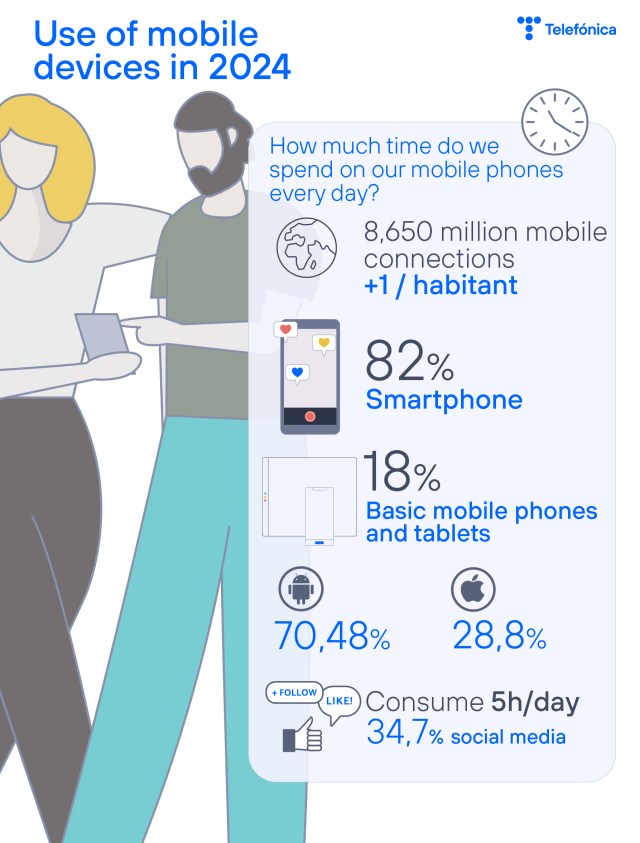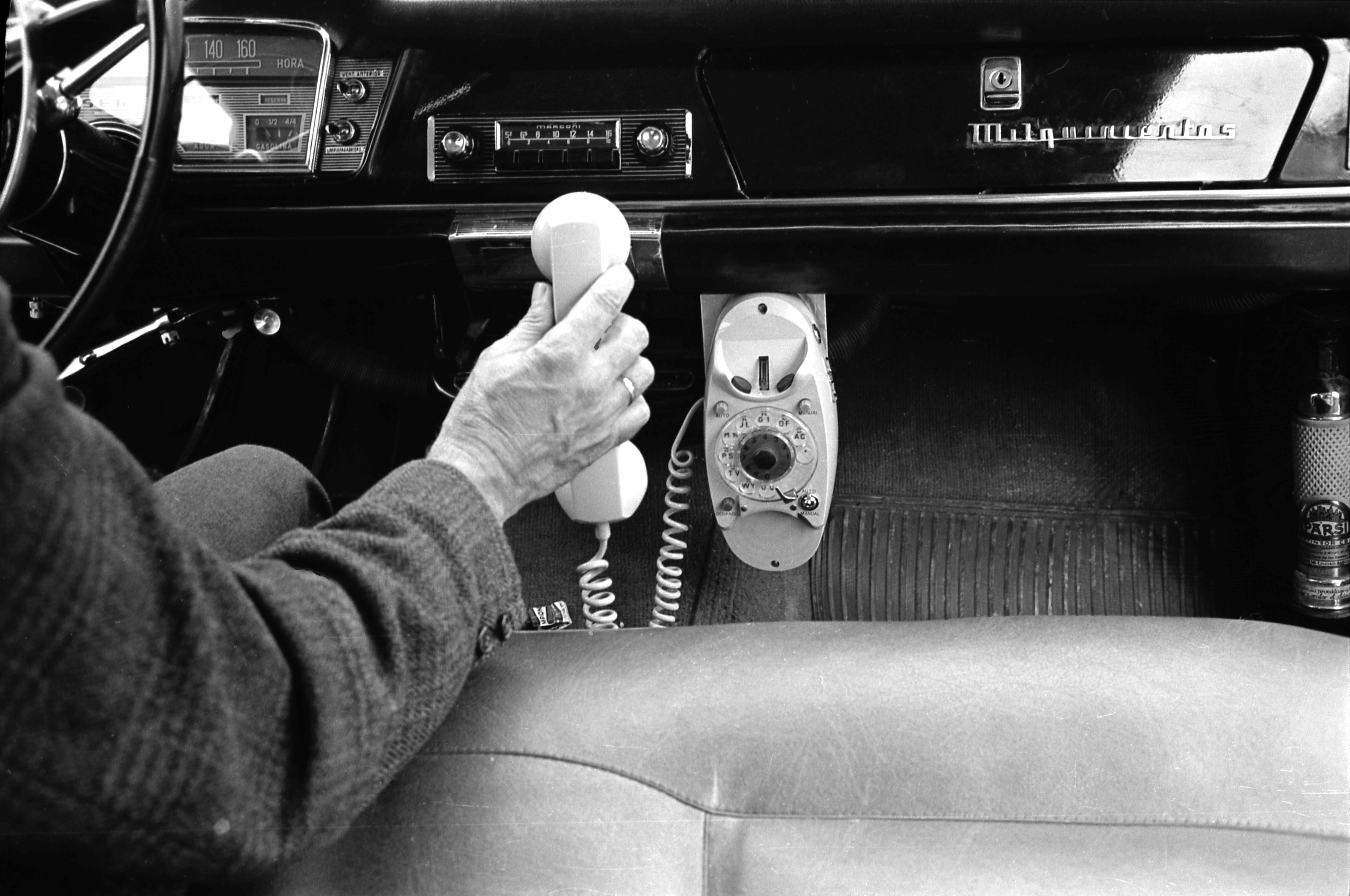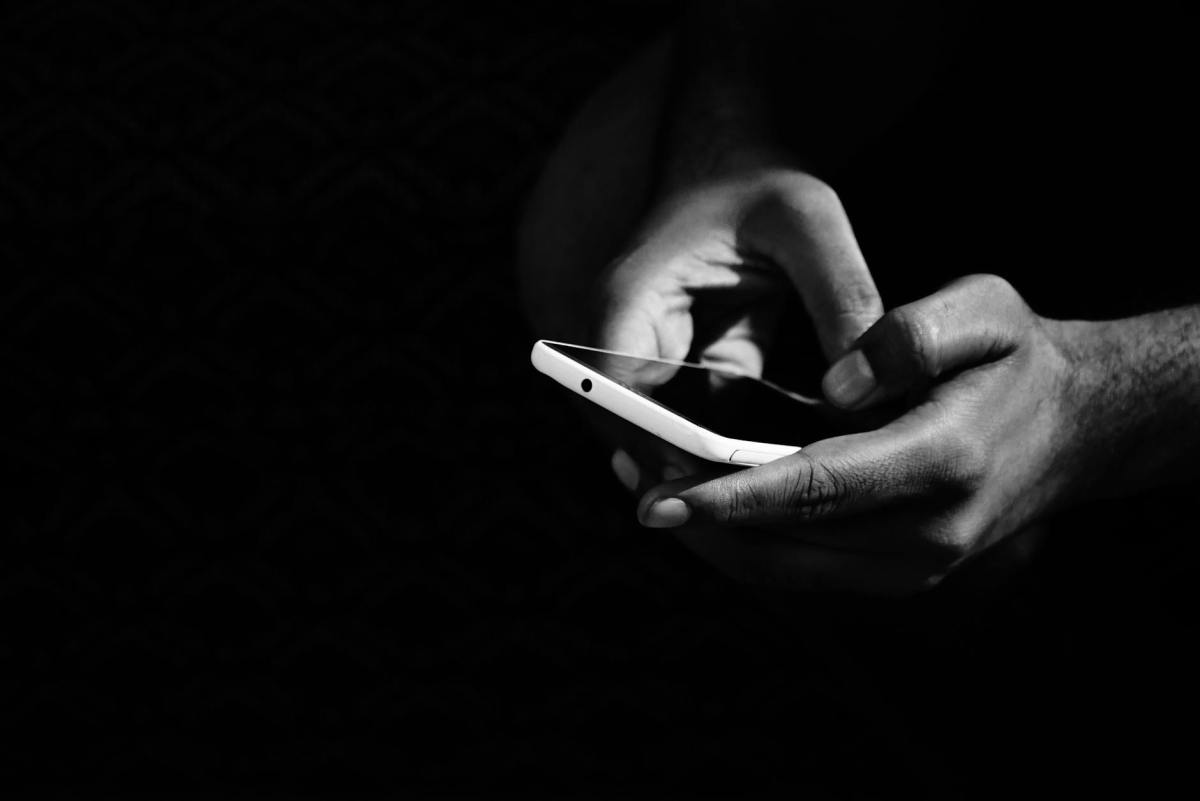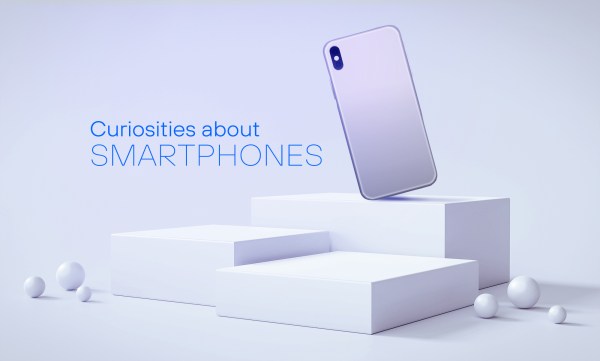In a digital world that is constantly evolving and in which many everyday issues of our daily lives did not even exist a few decades ago, mobile telephony is no exception.
The talk of search engines, browsers and social networks is a recent reality, although this does not mean that we are facing a fixed picture of their trends and uses.
The same is true of mobile telephony and its related devices, a technological evolution of the last quarter of the 20th century that has become absolutely fundamental for any aspect of our existence in this 21st century.

Origins of mobile telephony
As we have just mentioned, mobile telephony emerged just over half a century ago. Specifically, in 1973, the first cell phone call in history was made by Martin Cooper.
For years, this Motorola engineer researched and developed unique innovations until October 17, 1973, when he created the so-called Radio Telephone System, a system thanks to which he was able to make the first call in history using a cell phone, with the DynaTAC 8000X device.
To get an idea of how this technology has evolved since its inception, it suffices to give the dimensions of this first model: it weighed more than a kilo and measured 33 x 4.5 x 8.9 centimeters.
If we add to this size the fact that it offered barely half an hour of talk time for which it needed to charge for 10 hours and had a market launch price (already in 1983) of almost 4,000 dollars, we can get the idea that the reality was totally different from today.
Global use of mobile telephony in the year 2024
From those origins in which having a device of this nature was a sign of status and purchasing power, the situation has changed enormously.
In fact, there are now more than 8.65 billion mobile connections in circulation, meaning that every person on the planet has, on average, more than one mobile device, according to the Digital 2024 report.
This figure represents an increase of 1.9% compared to 2023, which in absolute terms is equivalent to 160 million mobile connections.
If we look at the number of unique users, we find that 5.62 billion people are unique users, which represents 69.4% of the total world population. Compared to the previous year, this is an increase of 2.5%, which means that 138 million people have joined this category.
Types of devices and operating systems
In terms of the type of mobile device used in these connections, the smartphone is undoubtedly the undisputed leader: 82% of all connections (6.97 billion) compared to 15% (1.28 billion) of basic mobile phones and a scant 3% (256 million) of other devices such as tablets.
As far as operating systems are concerned, two stand out above all, especially Android, which accounts for 70.48% of the market share, and to a lesser extent IOs, with 28.8%.
Usage time and applications
The estimated daily usage, according to this study, is 5 hours and one minute, which represents an increase of 16 minutes compared to the previous year, or 5.6%.
Of this time, 34.7% is spent on messaging and social networking applications, slightly above the 31.4% spent on entertainment applications. Far behind are other uses, such as questions related to the usefulness of the device itself (14.4%) or video games (11.1%).
Use of mobile devices in Spain in 2024
Mobile telephony arrived in Spain in 1976, specifically with the TAV service. And no, we have not got confused and we are talking about the High Speed Train (also TAV in Spanish), as these same acronyms also referred to the Automatic Vehicle Telephone (TAV in Spanish), a service which, as its name suggests, was only applied to cars.
It is true that we were dealing with a heavy and enormous device that had an earpiece embedded in the dashboard and an antenna to give rise to a unique system in Europe.

A technology that, in parallel to the rest of the planet, has evolved to a completely different reality to that of the 1970s.
At present, and according to the Digital 2024 report we have been talking about previously, there are just over 60 million mobile connections, with an increase of 3.2% with respect to 2023, which means 1.9 million. To put this figure into context, the Spanish population is approximately 47.5 million.
Operating systems and time of use
The Spanish trend in terms of operating system is very similar to the global trend: Android has 78.15% of the market share, compared to 21.54% for iOS.
In terms of daily usage time, we find that it is 3 hours and 39 minutes. As in the global data, the percentage of usage is very similar: 33% of the time is for social networking and messaging applications, followed closely by 32.6% for entertainment applications.
Behind are other uses such as questions linked to the usefulness of the device itself (15.9%) or video games (11.5%).











